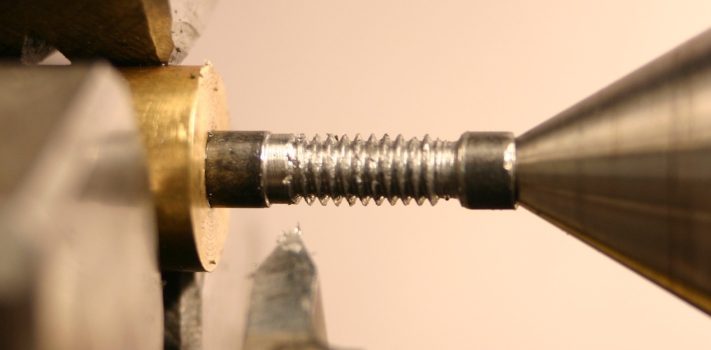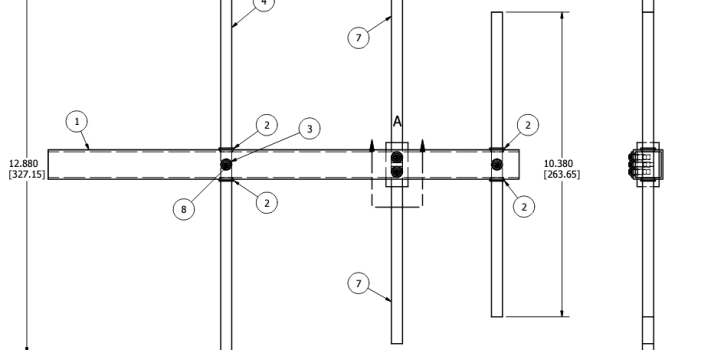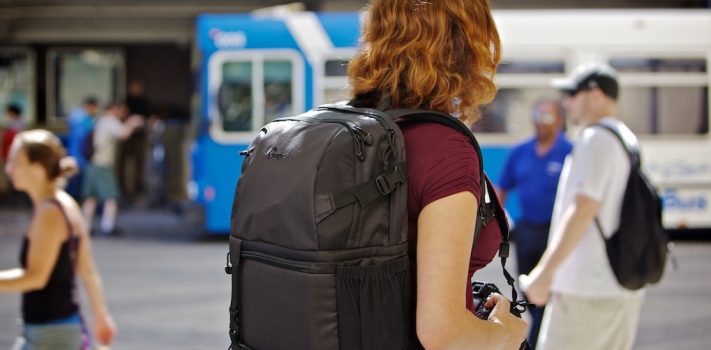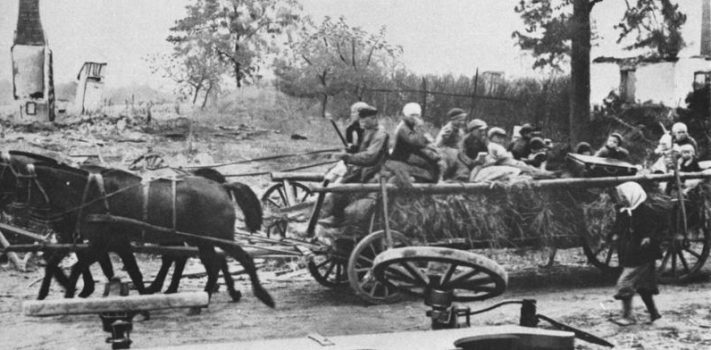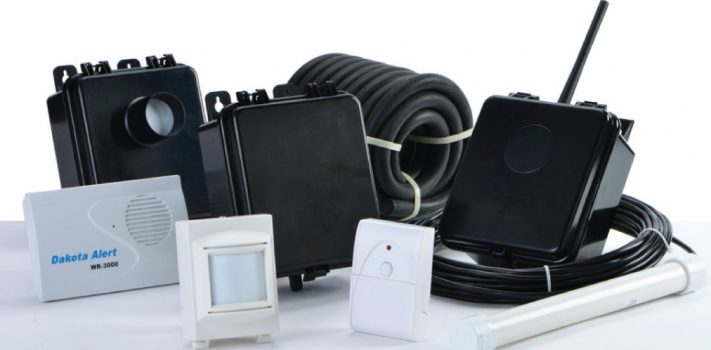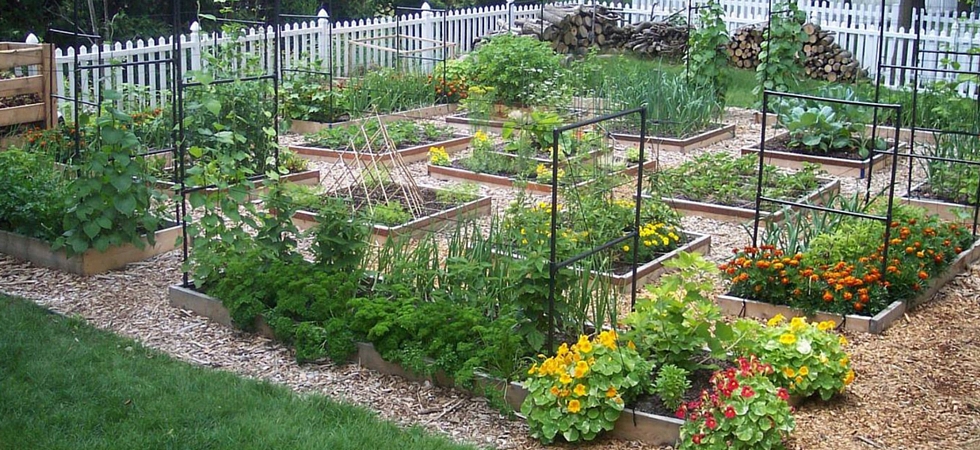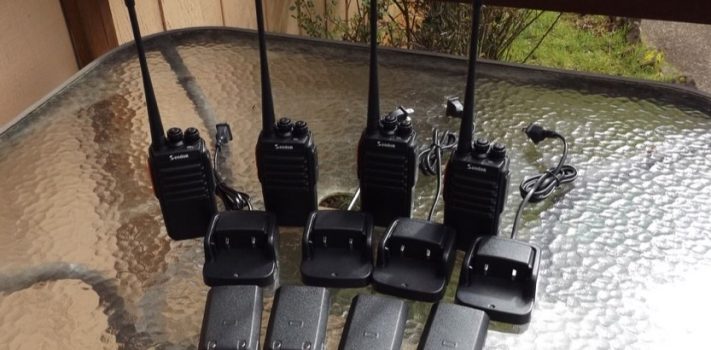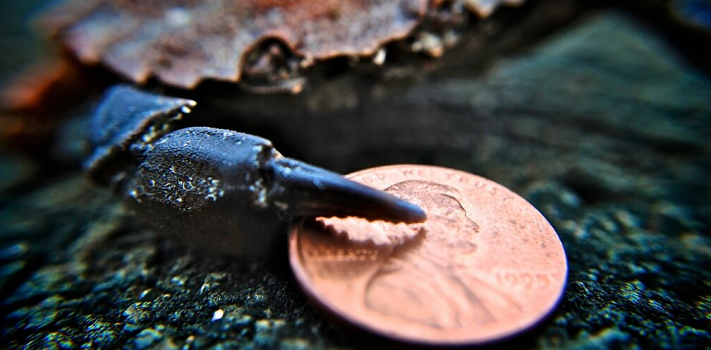Signs Of The Times – Part 2, by St. Funogas
(Continued from Part 1.) Ukraine corruption — When it comes to the Russia sanctions the only conclusion I can come to is that things, as always, are not as they appear and we’re all being played by the PTB who run the world. The one certainty is that the sanctions have nothing to do with world leaders feeling sorry for Ukraine, but rather, they’re not letting a good crisis go to waste or an opportunity to punish Russia. Only six months ago they were calling Ukraine’s government corrupt and evil, ranking in the bottom third of the corruption scale compiled …


